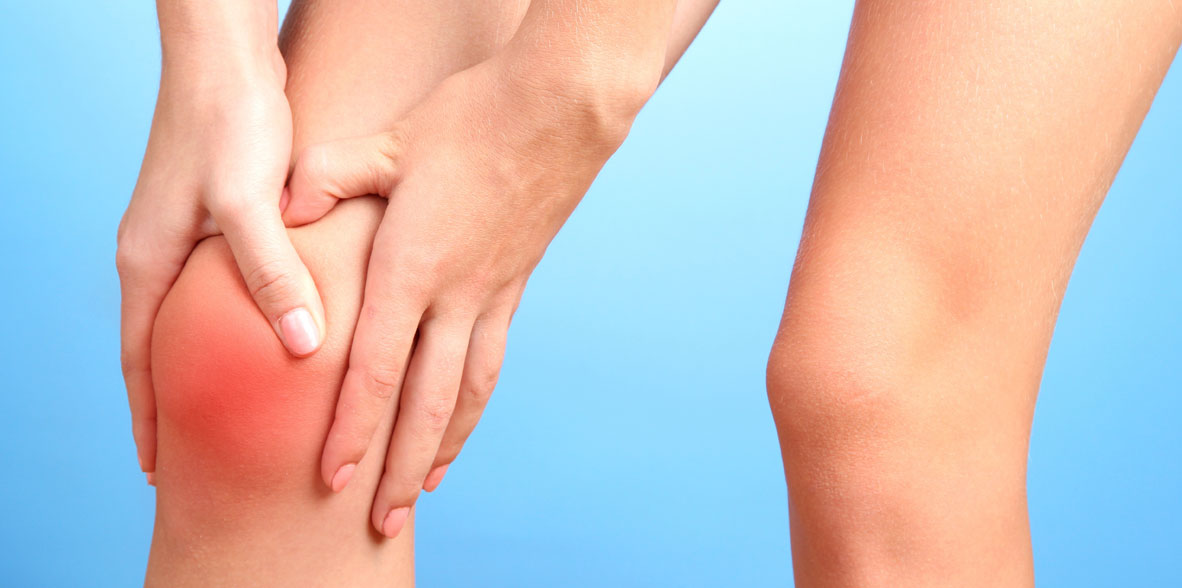

 Centro Médico Teknonen/health-centers/centro-medico-teknon
Centro Médico Teknonen/health-centers/centro-medico-teknon- Centro Médico Teknonen/health-centers/centro-medico-teknonHospital Universitari General de Catalunyaen/health-centers/hospital-universitari-general-catalunya
 Centro Médico Teknonen/health-centers/centro-medico-teknonHospital Universitari Sagrat Coren/health-centers/hospital-universitari-sagrat-cor
Centro Médico Teknonen/health-centers/centro-medico-teknonHospital Universitari Sagrat Coren/health-centers/hospital-universitari-sagrat-cor
A meniscus tear is one of the most common knee injuries, especially among athletes and active individuals. The meniscus is a crescent-shaped piece of cartilage in the knee that cushions and stabilizes the joint, providing a smooth surface for the femur and tibia to move against each other. Damage to the meniscus can cause significant discomfort and limit mobility.
How do meniscus tears occur?
The meniscus is prone to injury due to its location and function. Meniscus tears generally occur in two primary contexts:
Acute injuries:
These are often seen in younger, more active individuals and typically occur as a result of trauma. Meniscus tears are common in sports that involve twisting, turning, or sudden stopping, such as soccer, basketball, and skiing. A meniscus can tear when the knee twists forcefully while the foot is planted on the ground, often during a pivot or a sharp directional change. High-impact injuries, such as a direct hit to the knee, can also result in meniscus tears.
Degenerative injuries:
With age, the meniscus naturally weakens and becomes more prone to tearing even with minor movements or simple daily activities, such as squatting or stepping down. Degenerative meniscus tears are more common in older adults and are often associated with age-related wear and tear. People with osteoarthritis, a condition that causes joint cartilage breakdown, may be at increased risk for degenerative meniscus tears.
Types of meniscus tears
Meniscus tears vary in type and severity, which can influence treatment options and outcomes. Common types of meniscus tears include:
- Radial Tear: This is one of the most common types, occurring along the inner edge of the meniscus and extending outward. Radial tears are generally not repairable, as they compromise the structure of the meniscus.
- Horizontal Tear: This type of tear occurs parallel to the flat surface of the meniscus. Horizontal tears may result in a flap of tissue, sometimes called a "flap tear." Depending on the location and stability, some horizontal tears may be suitable for repair.
- Bucket Handle Tear: This is a large, vertical tear that causes a portion of the meniscus to become displaced into the knee joint, resembling a handle. This tear can lock the knee in a bent position and often requires surgical intervention.
- Complex Tear: Complex tears involve multiple patterns, such as a combination of radial and horizontal tears, and are typically more challenging to repair.
- Flap Tear: In this type, a portion of the meniscus becomes displaced but remains attached, creating a flap. It may cause mechanical symptoms like catching or locking of the knee.
- Degenerative Tear: Often seen in older adults, these tears are generally frayed and irregular, resulting from gradual wear and tear over time. They may or may not produce significant symptoms.
How do you know if you have a meniscus injury?
Meniscus tears can cause a range of symptoms, which may vary based on the severity and type of tear.
Pain is usually localized to the side or back of the knee. The pain may intensify with twisting, squatting, or rotating movements. Degenerative tears may cause a more constant ache, whereas traumatic tears may result in sharp, sudden pain.
Swelling around the knee joint is common and may appear within hours after an acute injury or gradually in the case of degenerative tears.
A torn piece of the meniscus can get caught between the moving parts of the knee joint, leading to locking, catching, or a sensation that the knee is "stuck."
Meniscus tears can restrict knee movement, making it difficult to fully bend or straighten the knee.
You may feel that the knee is unstable or that it could "give out" while walking or putting weight on it.



































